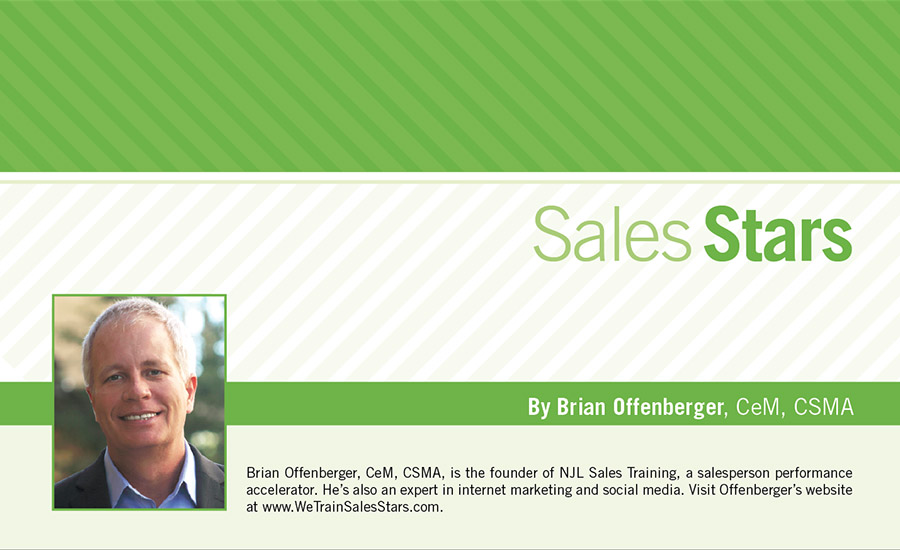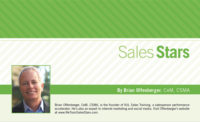How do you follow up with prospects to maintain momentum without being annoying? This is a challenge all of us in sales face nearly every day. And although our actions may vary depending upon the situation, there are things we can do to keep the dialogue going without the client “going dark.”
1. Directly ask the prospect the best way to follow up with them.
How many times have you completed an introductory call with a prospect that seems to be a good fit, but just not in the immediate future? That’s a common situation and one that destroys many opportunities because it’s not handled correctly.
Salespeople need to stay in touch and nurture the prospect until they are ready to take the next step in the buying process. How to do that effectively without being annoying is the key.
Here’s what I teach: Ask the prospect the best way to follow up. After all, they’ll know better than anyone. Don’t be afraid to ask the question and don’t assume you know the answers. Find out from them what might interest them about the industry, important issues, their situation or your solutions. Find out if certain things must be achieved before they are ready to take the next step.
Salespeople that bring information of value to prospects are never annoying. If they have a problem with employee theft, then share information and solutions to solve that problem. The more value you bring to their world, the better the communication will be.
2. Ask the prospect the best form of communication to use.
Step one refers to the content of the interactions. This step refers to the prospect’s preferred method of communication. I always use this technique after learning the needs of the customer and determining that there will be a sales opportunity soon.
I always ask, “What’s your preferred form of communicating from here on — phone, text or email?” Most tell me email, although there is an increasing trend toward text messaging.
Now most prospects are like you: They get hundreds of emails each day. I always ask what I can put in the subject line of the email that will help it stand out so they’ll know to open and read it. One guy told me to put “Text” in the subject line and he’d read it every time.
I then want to determine how responsive they’ll be. I’ll ask something like, “Most of the time you’ll get a same-day response from me and no later than one working day. Is that something I can expect from you?”
3. Always clearly define the next steps.
I’ll bet every one of you knows to never end a sales call without defining the next action steps and action dates. Yet, time after time after time I see sales reps end a good conversation without clearly defined next steps being put on the schedule.
The easiest time to schedule the next action is to do it at the end of a meeting. Capitalize on the moment and get it on the schedule. Pin them down to a next step by asking them when they can meet next. Send the meeting invitation right then while you are in front of them. That way they can’t avoid it.
4. Never call to “touch base” or “check in.” Have a valid reason for the call.
You know that feeling you get when someone scrapes their nails against a chalkboard? That’s how I feel every time I hear a salesperson “touching base” or “checking in.” These are crappy sales phrases. They mean that there is no real reason for your call and no real reason for the prospect to speak to you.
You should always have a reason to contact a prospect. That’s why I recommend a listening system for trigger events that you can use in a conversation. I use Google’s free ALERTS service so that I’m notified when something happens to the client’s business, people or industry that I can connect to, something that I can use as a reason for a call.
I love to hear a salesperson start a conversation with, “Ms. Prospect, the reason for my call today is…” followed by a legitimate reason for the call. When sales follow up is done properly with a focus on the prospect instead of on you or your company, your prospect engagement and closing rates will increase significantly.



